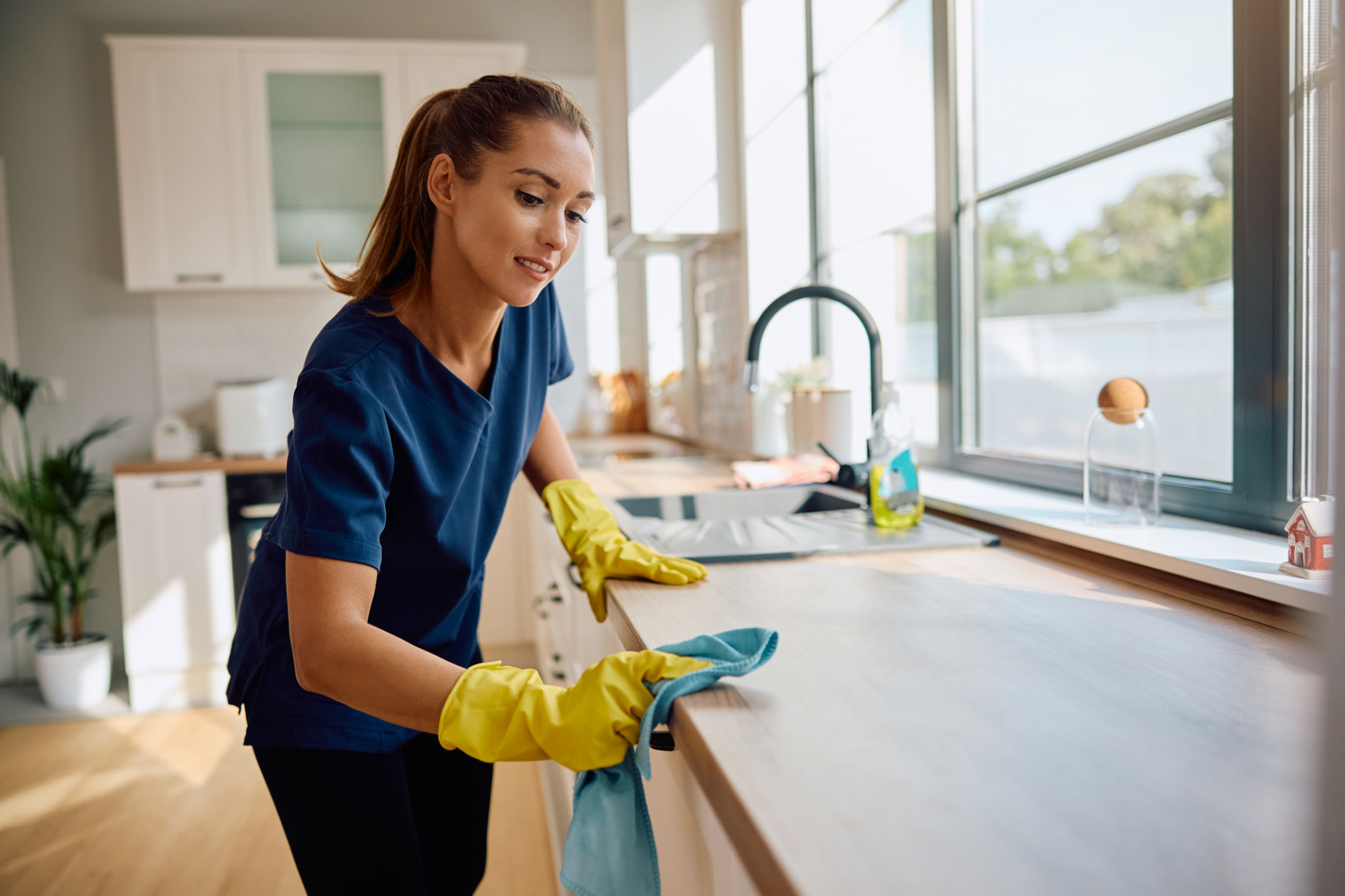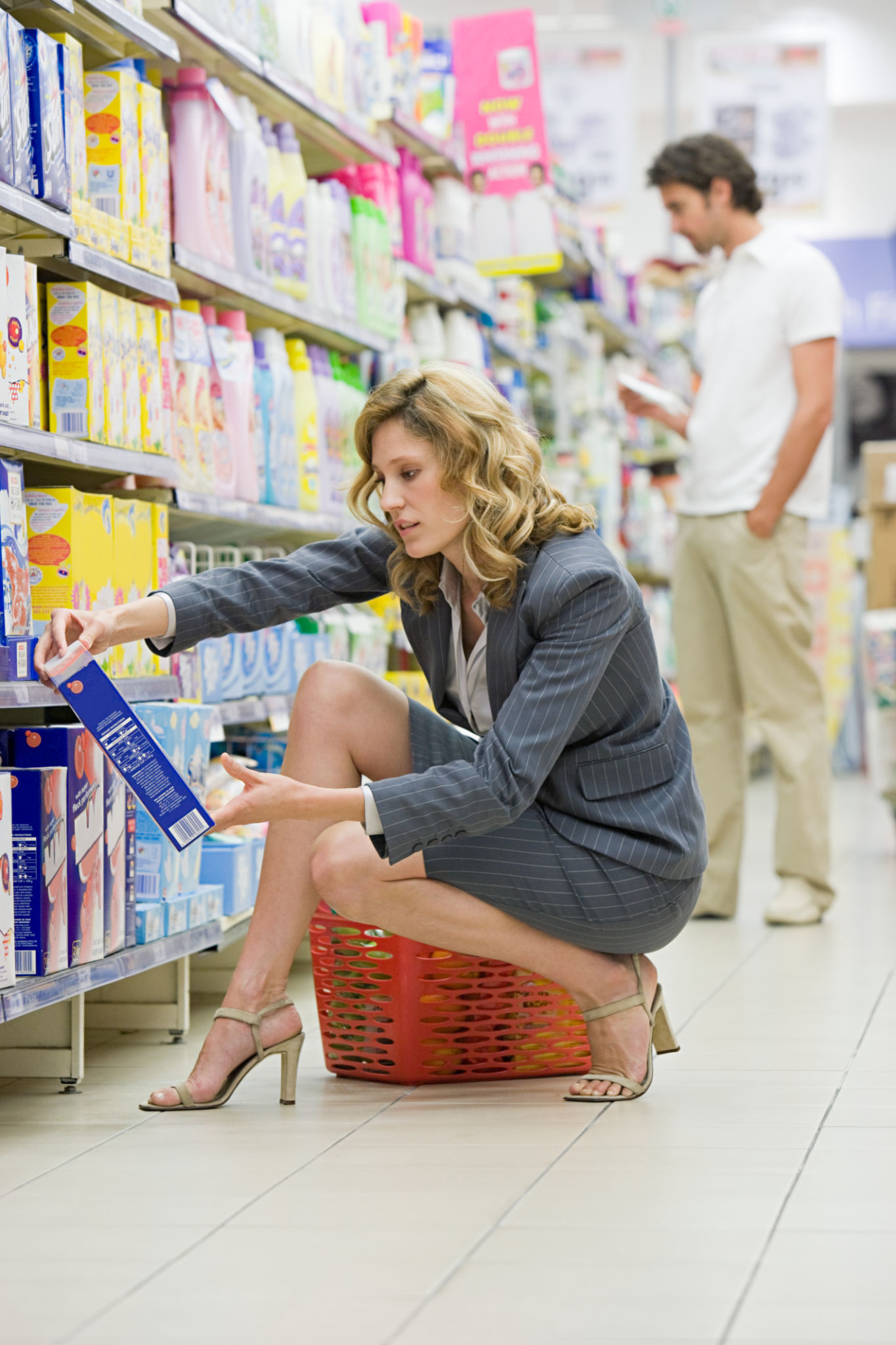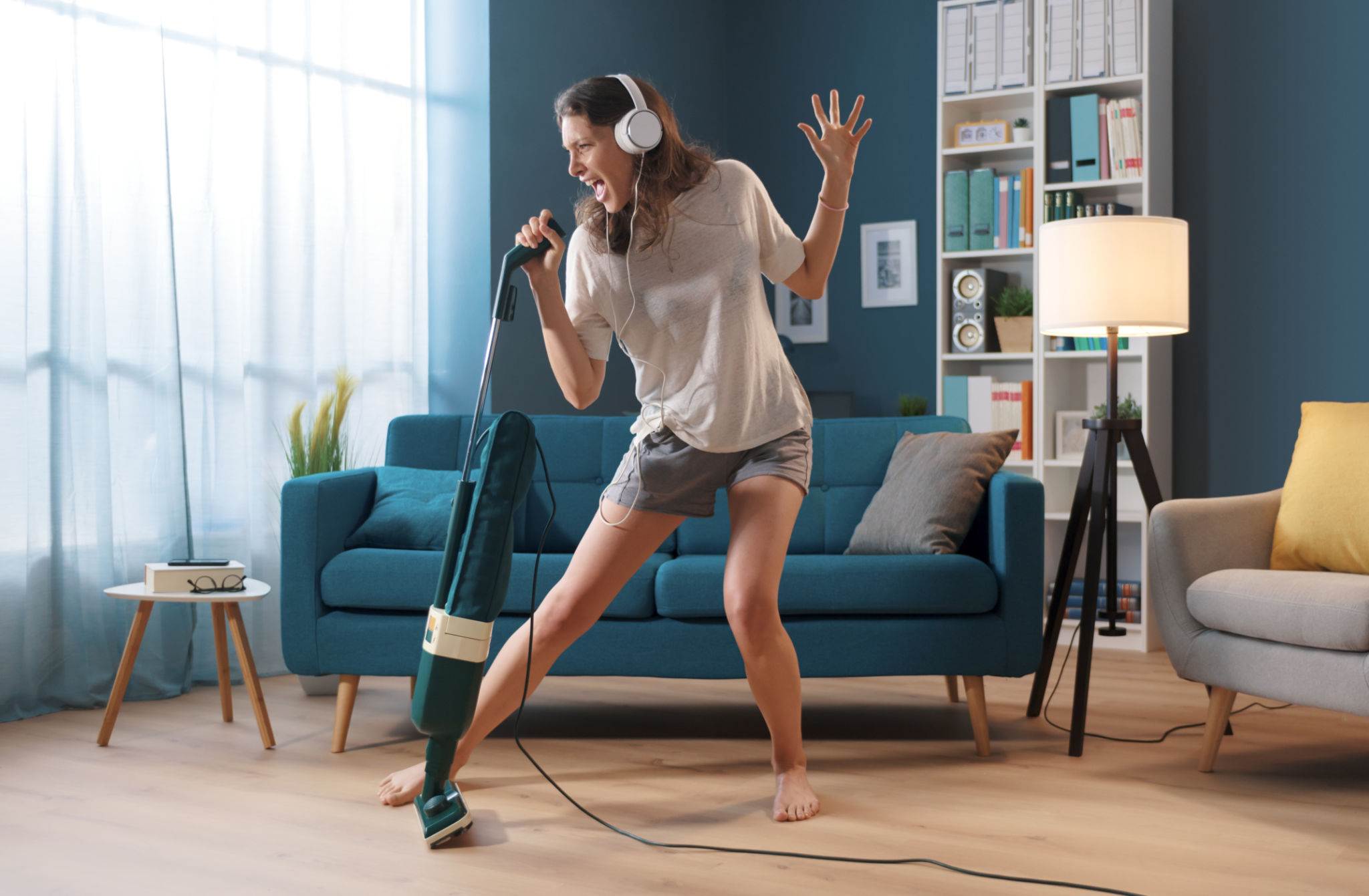DIY Tips for Home Sanitization: Safe and Effective Methods
Understanding the Importance of Home Sanitization
Keeping your home clean and sanitized is crucial for maintaining a healthy environment, especially in today's world. Effective home sanitization not only helps in reducing the spread of germs but also in creating a safe space for you and your family. With a few DIY tips, you can easily ensure that your home stays hygienic and welcoming.

Essential Cleaning Supplies You Need
Before diving into the cleaning process, it's important to gather the necessary supplies. Here is a list of essential items you should have on hand:
- Disinfectant spray: A powerful solution for killing germs on various surfaces.
- Microfiber cloths: Highly effective in trapping dust and dirt without scratching surfaces.
- Gloves: Protect your hands from harsh chemicals and allergens.
- Baking soda and vinegar: Natural ingredients that work wonders for cleaning.
DIY Surface Sanitization Tips
One of the most critical areas to focus on when sanitizing your home is the surfaces. High-touch areas such as doorknobs, light switches, and countertops can harbor germs. Follow these simple steps for effective surface sanitization:
- Start by removing any visible dirt or dust using a damp microfiber cloth.
- Apply a disinfectant spray to the surfaces and let it sit for the recommended time to kill germs.
- Wipe down the area with a clean cloth to remove any residue.

Natural Cleaning Solutions
If you prefer to use natural cleaning solutions, consider making your own. A mixture of equal parts water and white vinegar is an excellent all-purpose cleaner. For a refreshing scent, add a few drops of essential oil such as lemon or lavender. This mixture is safe to use on most surfaces and effectively removes grime and bacteria.
Sanitizing Soft Furnishings
Soft furnishings like curtains, sofas, and carpets can also collect dust and germs. To sanitize these, start by vacuuming thoroughly to remove loose dirt. For deeper cleaning, consider using a steam cleaner, which can kill bacteria and allergens embedded in the fabric. Alternatively, sprinkle baking soda on carpets, let it sit for 15 minutes, then vacuum it up for a fresh feel.

Regular Laundry Practices
Laundry is an important part of home sanitization. Wash clothes, bed linens, and towels regularly using hot water if possible to eliminate germs. Add a cup of white vinegar during the rinse cycle for added disinfecting power. Additionally, ensure your washing machine is cleaned periodically to prevent mold and bacteria buildup.
Maintaining Clean Air Indoors
Good air quality is essential for a healthy home environment. Regularly change air filters in your HVAC system to prevent dust and allergens from circulating. Adding indoor plants can also help improve air quality by naturally filtering toxins. Furthermore, keep windows open whenever possible to allow fresh air to flow through your home.
By following these DIY tips, you can maintain a clean and sanitary home environment. Remember that consistency is key when it comes to effective home sanitization. Make these practices part of your regular routine to ensure your home remains a safe haven for you and your loved ones.